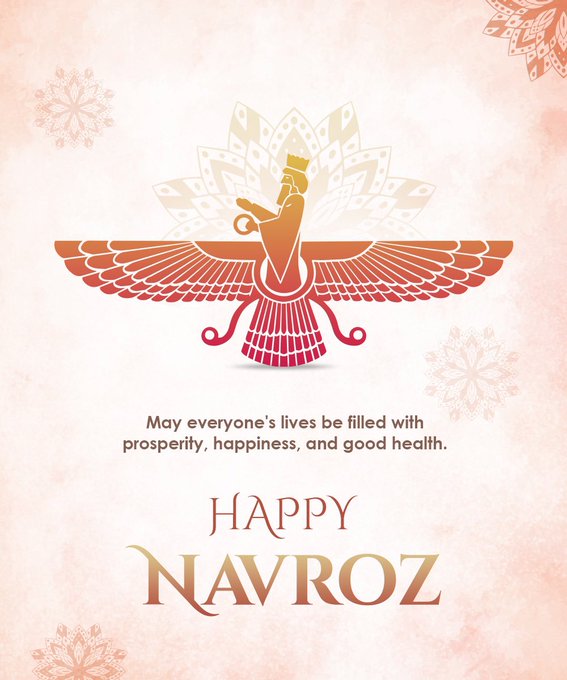
Navroz has arrived! Parsis all over the world celebrate the festival. Farvardin, the first month in the Zoroastrian calendar, also known as the Shahenshahi calendar, begins on Navroz.
Although the Parsi New Year is celebrated worldwide on March 21, around the vernal equinox, Parsis in India follow the Shahenshahi calendar, which does not account for leap years. As a result, India celebrates the Parsi New Year approximately 200 days after the rest of the world. Parsis also observe Navroz in August.
Navroz is originated in Persia when Prophet Zarathustra founded Zoroastrianism, one of the world’s earliest known monotheistic religions (now Iran). It was one of the most important religions in the ancient world until the seventh century when Islam emerged.
Several Persians fled to India and Pakistan during the Islamic invasion of Persia. Their festivals have since become a part of Indian festivities and celebrated by people of various cultures.
This day represents the time when everything in the universe is completely renewed.The Parsi calendar credited to Jamshed, a monarch of the ancient Sasanian Empire. As a result, this holiday is also known as Jamshed-i-Nouroz.